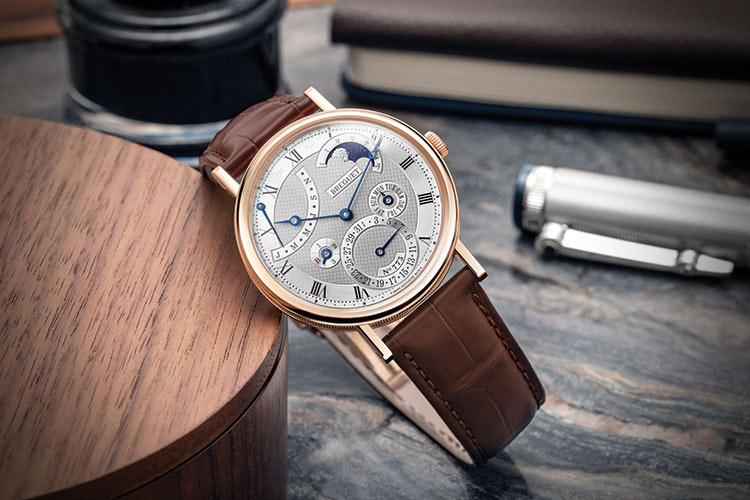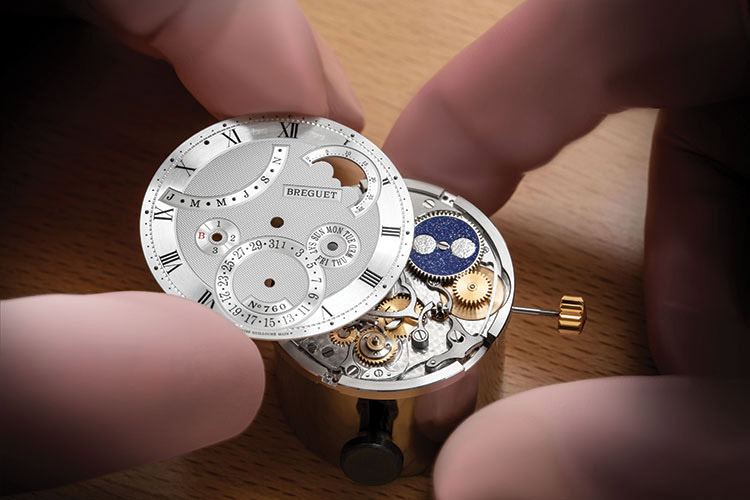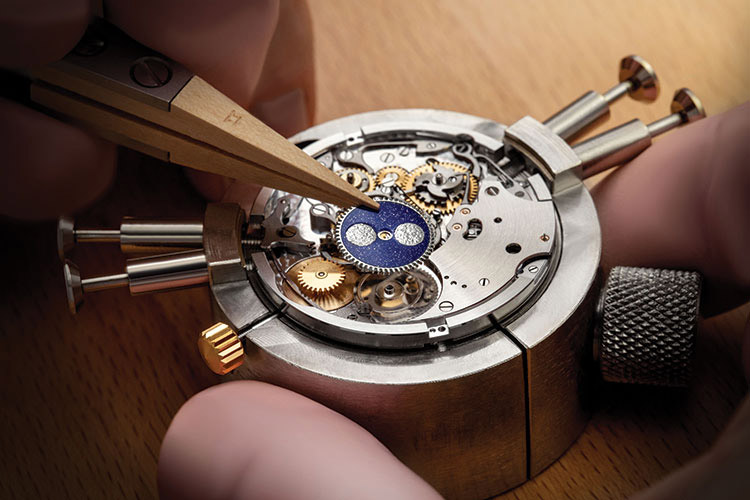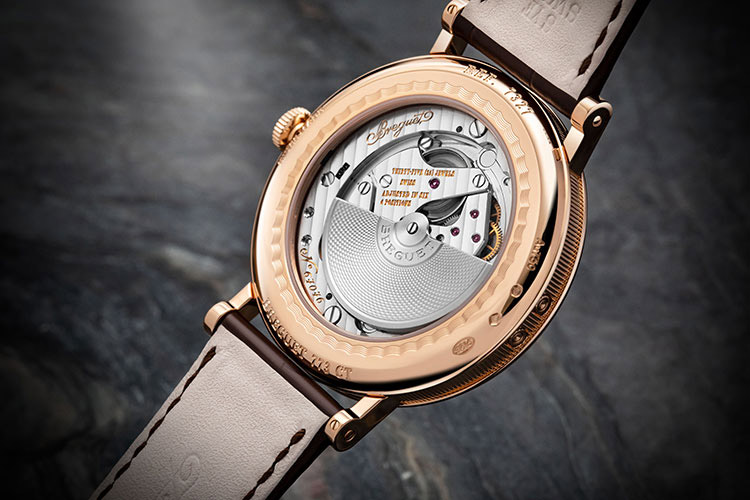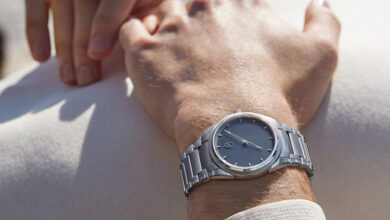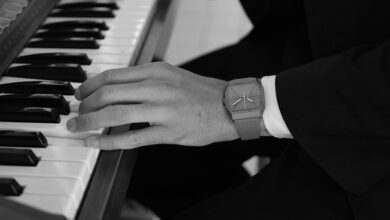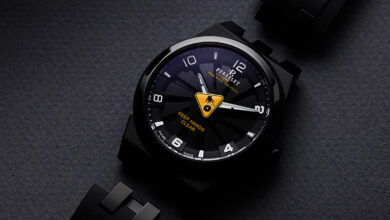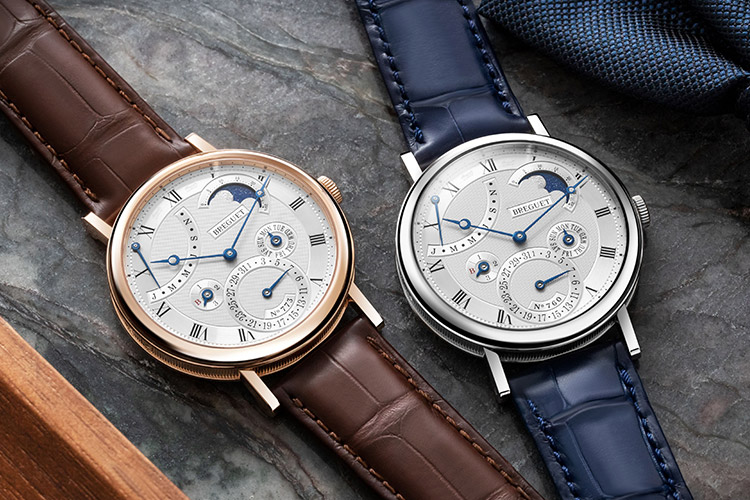
This year, Breguet has unveiled two editions of the Classique Quantième Perpétuel 7327 that celebrates Abraham-Louis Breguet’s great success in the 1780s with his so-called perpétuelle watches equipped with an à secousses (moving) oscillating weight that enabled the calibre to react to the wearer’s body movements and thus automatically wind the mechanism as they walked.
Classique Quantième Perpétuel 7327
Breguet pays tribute to the first perpétuelle watches created by Abraham-Louis Breguet in the 1780s with the Classique Quantième Perpétuel 7327 in two gold colours. Breguet opted for the Calibre 502 with an additional calendar mechanism to offer a light and comfortable timepiece. At just 4.5 mm thick, the 502.3.P movement remains one of Breguet’s thinnest, with a high level of performance. Its open barrel contributes to its slenderness while guaranteeing constant, powerful energy. Its hand-engraved gold oscillating weight is off-centred to provide maximum space for the movement’s main components. This self-winding movement is rhodium-plated, beats at a frequency of 3 Hertz and has a 45-hour power reserve. It is equipped with a flat silicon balance-spring and an inverted straight-line escapement with silicon horns. The dial is adorned with a Clous de Paris hobnail pattern, with a moon phase located between 1 and 2 o’clock. A hand-hammered moon floats over a star-spangled blue lacquer sky. The day, date and year indicators appear at the base of the dial. A quarter-circle between 10 and 11 o’clock indicates the months via a retrograde hand. The hours and minutes are indicated by the traditional eccentric “moon” tip watch hands in blued steel. The secret Breguet signature appears between 11 and 12 o’clock as well as between 12 and 1 o’clock. Adjustments of the various dial indications are completed from several positions on the 39 mm case.
